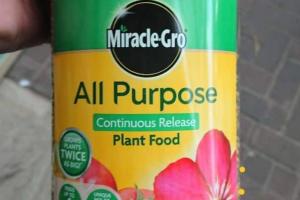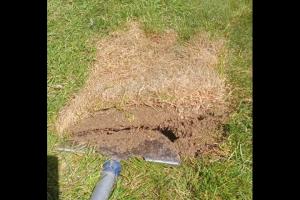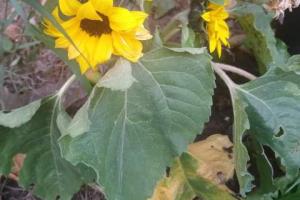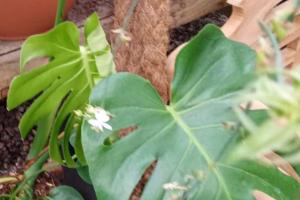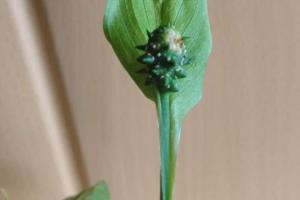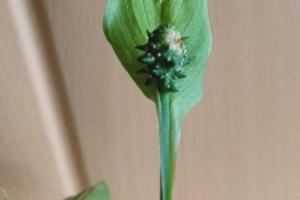Discover the Official State Bird of Louisiana
The official Louisiana State Bird is the Brown Pelican (Pelecanus occidentalis). The legislature of Louisiana officially adopted the Brown Pelican on July 27, 1966. No other state has chosen the Brown Pelican as their official state bird. Many animals live in Louisiana, but the state has a proud connection with the pelicans that live along their vast coastlines. Louisiana, often called the Pelican State, even uses pelican symbols on their state flag and the state quarter produced by the U.S. Mint.

©iStock.com/ronniechua
Where Does the State Bird of Louisiana Live?
The subspecies of Brown Pelican native to Louisiana, Pelecanus occidentalis carolinensis, has a breeding range that extends along the coastline, from as far north as Maryland all the way south to Costa Rica, Panama, and possibly Venezuela. The breeding range includes the island coasts of the Caribbean. The breeding season occurs in the spring for Brown Pelicans living in the more northern part of their range. Individuals living closer to the tropics breed all year. During the nonbreeding season, individual Brown Pelicans may wander inland. Birders have spotted these big birds sporadically throughout much of the eastern United States.
Where Do Brown Pelicans Nest?
The State Bird of Louisiana nests in large colonies near the shore. They typically stick to saltwater bays or island shores. Brown Pelicans usually nest on the ground or on island cliffs, but sometimes they nest in low trees. Mangroves offer usable nest sites, especially when no preferred ground sites exist.
Brown Pelicans form monogamous pairs each season, but they do not mate for life. The female of each pair builds the nest. Sometimes the male helps to gather materials. Nests vary in shape and structure. Some birds simply make scrapes in the ground, while others pile sticks and debris to make a simple nest with an indentation. Others make large nests out of sticks in the trees.
Brown Pelican Eggs

©Alfredo Maiquez/Shutterstock.com
Brown Pelicans lay two to three large, oval, chalky white eggs per clutch. Most pairs have only one clutch per year. Incubation lasts from 28 to 30 days. Both parents help incubate the eggs, using their webbed feet to help regulate their temperature. After the eggs hatch, both parents tend to their young until the fledge, roughly two months later.
Brown Pelican Babies
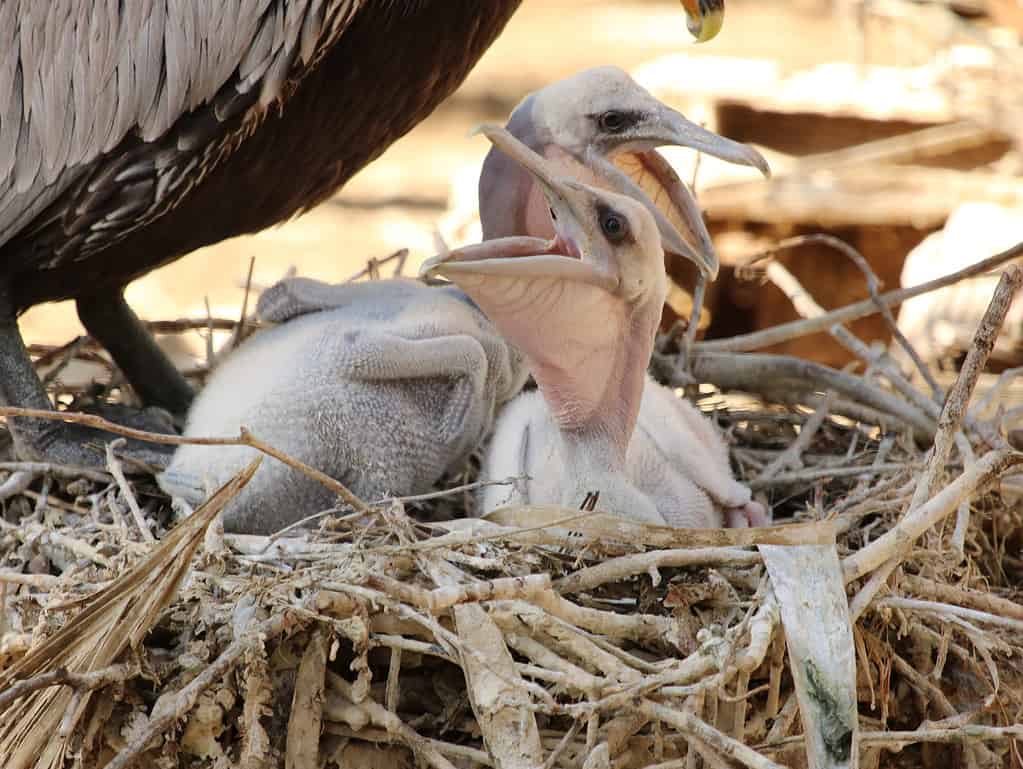
©jrubacha/iStock via Getty Images
Brown Pelicans start out blind, pink, naked, and kind of ugly. Baby Brown Pelicans are altricial, meaning they depend completely on their parents for care. Both parents feed the babies with partially digested food that they regurgitate into their throats. Birth order means a lot for this species, possibly because the first chick to hatch always has an advantage at feeding time. Chicks that hatch first are almost certain to fledge, while those that hatch second may fare just a little better than a coin toss. Third hatchings in a clutch have the deck stacked against them, with only a small chance of survival.



